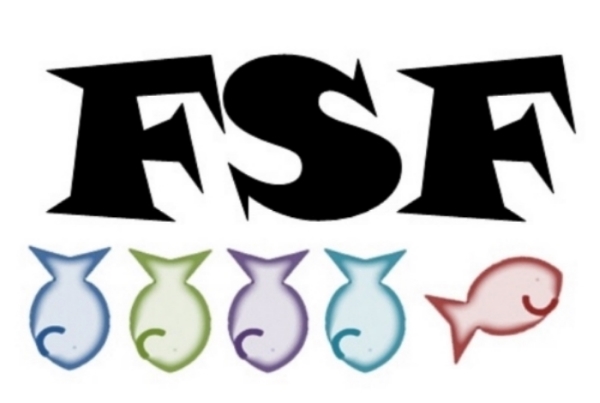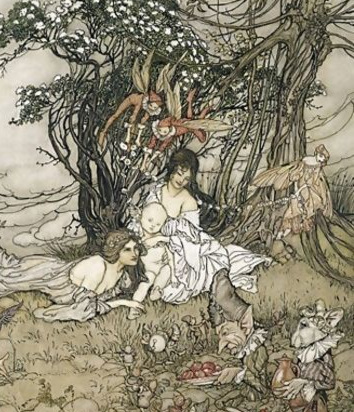I’ve been meaning to watch this film for years. TCM plays each St. Patrick’s Day so let’s do this.
Young Cassidy is a fictionalized account of Irish playwright Sean O’Casey’s autobiography. Johnny Cassidy (Rod Taylor) lives in a rundown house full of books with his mother and siblings who are all desperate for work in English controlled Dublin. Cassidy’s writing begins with protest pamphlets about Irish nationalism. The anonymous pamphlets end up inciting riots where many people are injured and killed. Cassidy decides that stirring up violence isn’t helping and decides to write newspaper articles and dramas about the plight of the Irish instead.
When Johnny publishes his first article and is paid for it, he celebrates by buying six copies of the paper and a book on drilling. He and other men around town form a militia, however, when the men start to think illogically, Cassidy leaves. After a battle (a weird battle that has an Irish stereotype where a man’s whiskey is destroyed and while he moans about it is shot), he writes a book about his fallen friends and is paid 15 pounds by an English publisher in Dublin. Hover, they pay him a check when he has no bank account so he can’t cash the damn thing.
The first play Johnny sends in is sent back the comment “a bit long on character and a bit short on plot”. He edits it, sends it again this time famous playwright, poet, and folklorist W.B. Yeats sends it back, saying, “a bit long on plot and a bit short on character.” The third time he sends the play, it’s lost. This is a legit scenario here. Eventually, one of his plays is produced and he explains to his girlfriend that “writing is love” to him and she takes it personally. Still, she’s supportive when his first play is a flop. Despite the lack of commercial success, the founders of the theatre Yeats and Lady Gregory encourage him to write more.
I’ve never read anything by Sean O’Casey, but plenty by Yeats and other Irish writers of the time who tried to use Irish culture as a way subtly fight back against the oppression of the English. I know enough about the different reasoning for Irish protest to call it oppression. I though his sister’s story was the saddest. Ella married the first man she could to escape Dublin, but he abandoned her with five children. Their mother speaks of Ella’s depression and current personality, according to Cassidy, “as if she had died”. Spoiler alert - Ella does die. But it adds to Cassidy’s fight and trying to fight using as he says it, “Beauty”. “[Ella] used to say that beauty was more important than bread. How do I explain that to her children?”
This film was always advertised to be about young exploits and Irish shenanigans than writing. Among his political struggles are the tales of his love affairs. His first notable relationship is with scandalous actress and kept woman Daisy (Julie Christie). His second is with bookshop worker Nora (Maggie Smith) who is impressed with his love of reading and sends him books he tried to steal. Why is there no public library in Dublin at this time? It’s supposed by like 1910 or 1911. Most major cities in America had libraries? What the heck.
But the movie is more about his love of country and how he could use writing to rebel. Nora makes a classist comment about needing a “high education” to be a writer.





